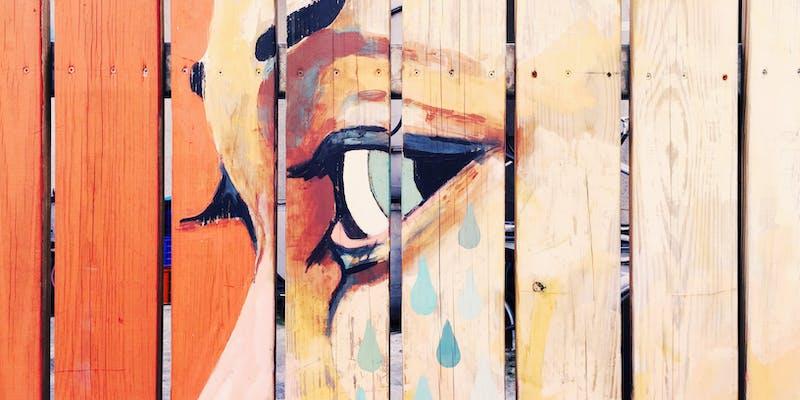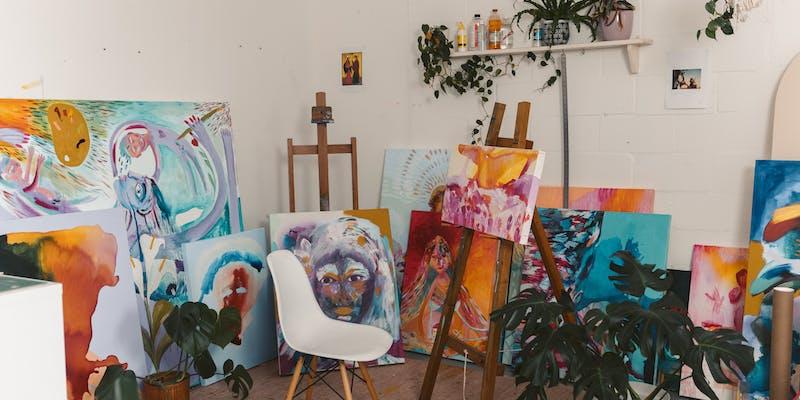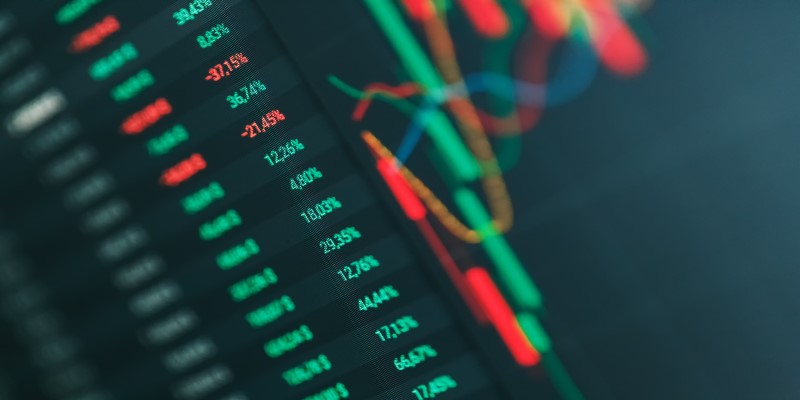Art might be expensive, but a wise addition to your monetary portfolio. The art marketplace operates independently of the inventory and bond markets, making it a super desire for diversifying assets. Even if stocks and bonds declined in early 2022, artwork auctions reached new file highs. The artwork market confronted demanding situations in 2020 due to the pandemic, with a 34% drop in the contemporary best way to invest in art turnover. However, a shift to online auctions and galleries helped the market recover, leading to a reported quantity of sales and an all-time high in turnover.
Art can act as an effective safeguard during periods of high inflation, like the one experienced recently—the highest in 40 years. With cash devaluing, many invest in art shares that are tangible assets like art or real estate, driving up auction values. This trend suggests a promising future for art as an investment. However, investors should be cautious and not be lured by the prospect of high returns in fine art. Achieving positive outcomes from art investments involves careful selection, diversifying your collection, and holding onto pieces for an extended period. Returns from art investments are more in line with those from bonds rather than the exceptional returns sometimes advertised.
Original Art Value
When you enter an artwork gallery and find yourself captivated by a painting priced at $5,000, the cost might appear prohibitive. However, the gallery owner may provide you with an alternative: giclée prints of the equal artist's work, available for a low cost of $500. Giclée prints are high-quality reproductions created using superior printing technology on exceptional paper or canvas, which closely mimic the coloration and detail of the authentic paintings. However, they continue to be copied.
The uniqueness of an artwork contributes significantly to its value, making an original inherently more valuable than a reproduction. Giclée prints, despite being marketed with terms like "museum quality" or "archival" and often accompanied by a certificate of authenticity, cannot match the value of an original piece. Some artists and art appraisers consider giclées less desirable, particularly for established collectors and artists.
Nevertheless, giclées make fine art accessible to a broader audience. Even though a certificate of authenticity alone doesn’t add a lot of price, adding a clean signature from the artist or a remarque (a small, authentic drawing using the artist on the giclée) can decorate its destiny.
It is real that institutions like the British Museum and the Metropolitan Museum of Art have exhibited confined versions of Iris prints—specialized giclée prints of digitally created artworks. However, these are not mere copies of existing paintings but are unique works in their own right. For example, Kiki Smith's "Nest and Trees" displayed at the Met is such a piece.
Evolution of Art Accessibility

In the 1850s, the firm Currier & Ives revolutionized art accessibility in American homes with their affordable, mass-produced prints. Fast forward to the early 20th century, and we find that a significant 25% of American homes showcased the artistry of Maxfield Parrish through similar prints. These historical prints set the stage for the modern trend of buying posters from mall kiosks and museum stores. Posters and giclées offer a glimpse of masterpieces, yet they differ from fine art prints, which include exclusive techniques like hand-pulled silkscreens, lithographs, or block prints.
Highlighting the art marketplace's peaks, Leonardo da Vinci's "Salvator Mundi" holds the report for the very best public sale, fetching an amazing $475 million. This underlines the excessive stakes best art to invest in the global of pleasant art. Figuring out a real artist's print instead of an everyday poster may be challenging. Regularly, a close exam, every so often with a magnifying glass, marks the difference. For instance, offset printing, generally used for posters, leaves a one-of-a-kind dot matrix pattern, harking back to the dot styles in comedian books or Roy Lichtenstein’s paintings.
Art Sales at Sea
Cruise artwork auctions provide a unique revel, mixing the enjoyment of a sea voyage with the possibility of purchasing art. Those activities function for various artworks, including prints, drawings, and artwork, regularly from good artists. Every piece comes with a certificate of authenticity, developing an allure for those trying to put money into art.
The collection of art on display changes daily as items are sold. Buyers are often enticed by written appraisals claiming that these pieces are available at much lower prices than their actual worth. This setting might seem like a dream for anyone interested in invest in art shares.
However, it's important to understand that while the art sold at these auctions is authentic, authenticity alone doesn't ensure a wise and the absolute best way to invest in art. Its authenticity does not solely determine the value of art. It's crucial to remember that art's rarity and the best art to invest in the art world truly define its value.
Trends and Tips for Selling Your Art Investment

The artwork marketplace in America has proven high-quality resilience and growth following the downturn due to the pandemic. In 2022, the U.S. art market's sales soared to a document-breaking $30.2 billion, marking an eight increase from the preceding year. This parent no longer handed pre-pandemic levels but also set a new high inside the marketplace's history. Globally, the artwork marketplace also witnessed an effective trend, with sales accomplishing $67.8 billion in 2022, an upward thrust from 2021. The contribution of auction groups changed hugely, with their total income expected to be $30.6 billion in 2022, an 11% growth compared to the pre-pandemic year of 2019.
For art proprietors considering selling a treasured piece, first-class public sale houses are often the great route for a substantial return. These auction houses typically rate their offerings between 13% and over 30% of the sale fee. In comparison, online public sale systems usually result in lower financial returns.
It is critical to understand that art typically requires long-term funding. The artwork marketplace can demonstrate terrific stability and doubtlessly high returns at some point in periods of monetary boom. However, it's also prone to widespread fee drops during monetary downturns. As artwork investments can vary with the economic weather, investors must consider market conditions while considering the sale of their artwork.




